By Dr. Padmavathi Narasimhan
Situated 22 kms away from Hassan, Gorur is a small sacred village known for its dam, its beautiful Hemavati River, Sri Yoganarasimha Temple, 1400-year-old Paravasudeva Temple and the big personalities it has produced — One of Karnataka’s foremost literary writers Gorur Ramaswamy Iyengar and Captain G.R. Gopinath of Deccan Airlines, to name a few.
The Hemavati River starts in the Western Ghats at an elevation of about 1,219 metres near Balur in Mudigere taluk of Chikmagalur district. It flows through Hassan district where it is joined by its chief tributary, the Yagachi River, and then into Mandya district before joining the Kaveri near Krishnarajasagar.
Captain Gopinath and his family organise a music concert every year here on the previous evening of Rathasaptami in memory of their parents. This year, Sikkil Gurucharan was invited to give a vocal concert. He was accompanied by Mattur Srinidhi on violin, Ranjani Venkatesh on mridanga and Guruprasanna on kanjira.
Grandson of Sikkil Kunjumani, elder of the well-known Sikkil Sisters, Gurucharan is among the foremost young performing musicians of Karnatak music in India today.
For the present concert, Gurucharan had made a good list of selected compositions. He began the concert with the Abhogi Varna – ‘Evvari Bodhana’ by Sri Patnam Subramanya Iyer set to Adi Tala. He then took up ‘Girija ramana Natajana Sharana’ by Mysore Vasudevachar in Gambhira Nata.
The artiste attributed the word ‘Paravasudeva’ in the composition to the deity of the Paravasudeva Temple in Gorur. Bringing the notice of the audience to the Ragamudra in the composition, (which Vasudevachar rarely implements in his kritis), Gurucharan continued with the thread to another composition beginning with the name of the raga ‘Ganamurte’ by Saint Tyagaraja.
Rising to the occasion, the vocalist chose the line ‘Naramitra Dheera Narasimha Shoora’ for neraval, which created a good impact as the concert was held in the Yoganarasimhaswamy Temple premises.
The concert brightened up farther with ‘Mosa Hodenallo’ by Sri Purandaradasaru in shubhapantuvarali followed by another devaranama also by Purandaradasaru ‘Rama Nama Payasake Krishna Nama Sakkare’ in Ananda bhairavi, in which the mistakes would go unnoticed had it not been for Gurucharan’s clear pronunciation of sahitya.
The ragalapana of Khamas had some strikingly aesthetic phrases leading onto a beautiful composition of Deekshitar ‘Sarasadalanayana Sankata Harana Hare Govinda Mam pahi’ on Krishna, wherein Deekshitar intellectually knits the name of the raga in a tricky manner in the beginning of the charana ‘Maghamasa.’ The vocalist brought this to the notice of the listeners before moving onto the rendition of the kriti.
The highlight of the evening was the artful rendition of Mohana. Gurucharan handled the notes with expertise, with the judicious use of gamakas in the right places, embellishing it with aesthetic dynamics. Srinidhi’s violin repartee complemented the vocalist’s thought process and singing. Sri Tyagaraja’s ‘Mohana Rama’ was the composition chosen. The composition was presented in the right speed in an unhurried manner, bringing out the beauty of the lyrics in clear diction for which Gurucharan is known for. The swara passage for the pallavi portion was elaborate and energetic, after which the Taniyavartanam commenced.
The main attraction of the concert was the mridanga playing by Ranjani Venkatesh. While the instrument always brings to mind a heavy male playing with might, the fragile looking Ranjani took everyone by surprise. Her musical and vibrant playing throughout the concert and in Taniyavartanam was captivating.
Guruprasanna’s interchange of dialogues with the mridangist was equally fascinating.
The post-tani part included ‘Vandeham Sharadam’ by Swamy Dayananda Saraswati in Yamunakalyani on request and a Lalgudi Tillana



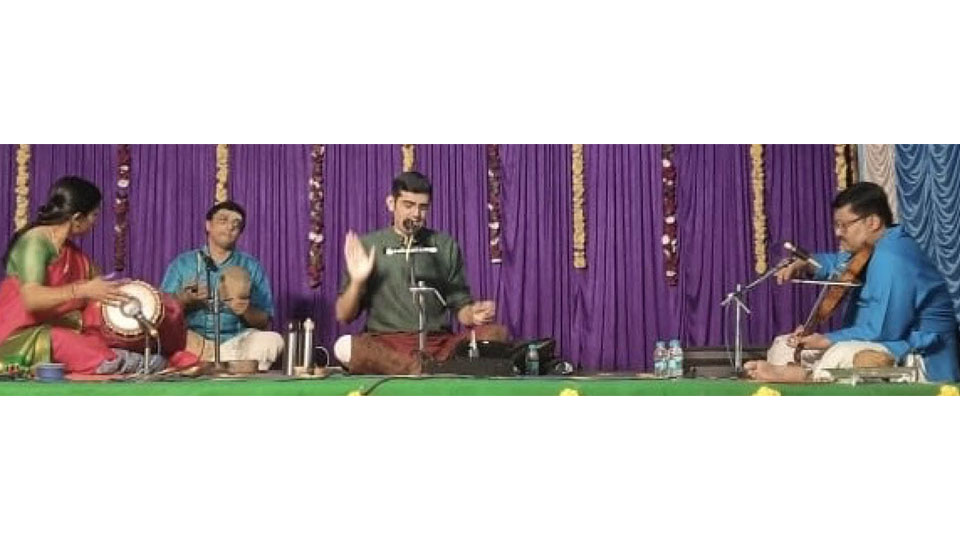
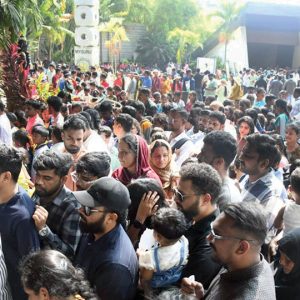
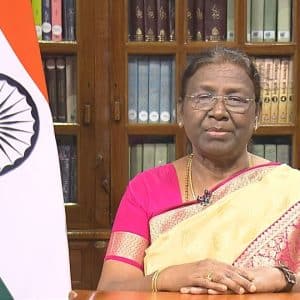
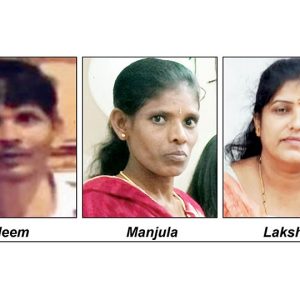
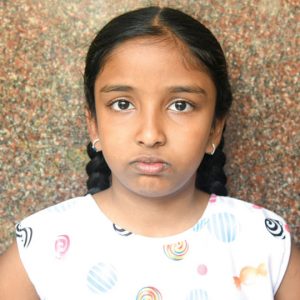
Recent Comments